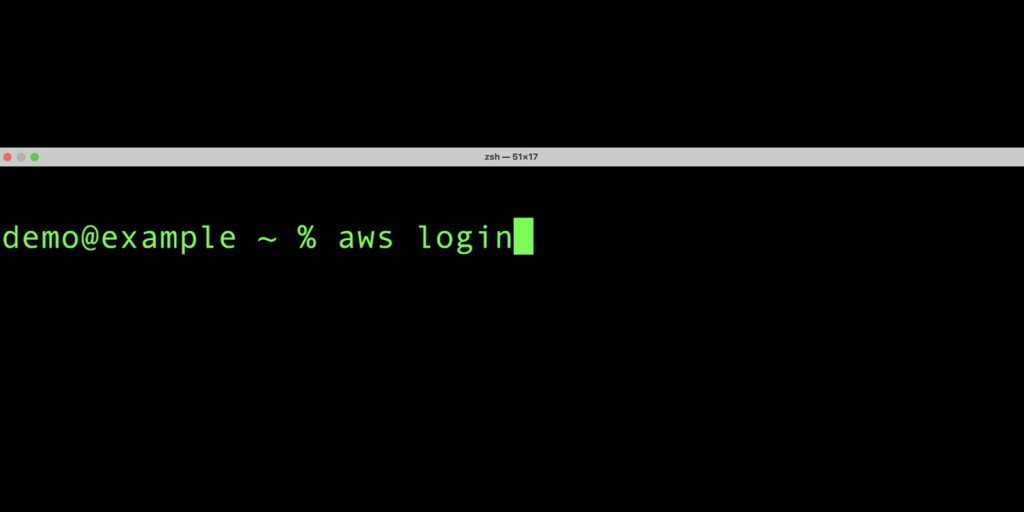AWS Security Blog
Tag: AWS STS
Simplified developer access to AWS with ‘aws login’
Getting credentials for local development with AWS is now simpler and more secure. A new AWS Command Line Interface (AWS CLI) command, aws login, lets you start building immediately after signing up for AWS without creating and managing long-term access keys. You use the same sign-in method you already use for the AWS Management Console. […]
Announcing upcoming changes to the AWS Security Token Service global endpoint
April 18, 2025: AWS has made changes to the AWS Security Token Service (AWS STS) global endpoint (sts.amazonaws.com) in Regions enabled by default to enhance its resiliency and performance. AWS STS requests to the global endpoint are automatically served in the same AWS Region as your workloads. These changes will not be deployed to opt-in […]
SaaS tenant isolation with ABAC using AWS STS support for tags in JWT
As independent software vendors (ISVs) shift to a multi-tenant software-as-a-service (SaaS) model, they commonly adopt a shared infrastructure model to achieve cost and operational efficiency. The more ISVs move into a multi-tenant model, the more concern they may have about the potential for one tenant to access the resources of another tenant. SaaS systems include […]
How to access AWS resources from Microsoft Entra ID tenants using AWS Security Token Service
March 19, 2025: We made some corrections to the syntax, including fixing a hyphen and the format of the quotation marks. September 20, 2024: Updated with information on the v1.0 and v2.0 access tokens in the Microsoft identity platform and changes in the Audience value when v2.0 access tokens are used. Removed a note about […]
How to use regional SAML endpoints for failover
August 10, 2022: This blog post has been updated to reflect the new name of AWS Single Sign-On (SSO) – AWS IAM Identity Center. Read more about the name change here. Many Amazon Web Services (AWS) customers choose to use federation with SAML 2.0 in order to use their existing identity provider (IdP) and avoid […]
How to integrate AWS STS SourceIdentity with your identity provider
You can use third-party identity providers (IdPs) such as Okta, Ping, or OneLogin to federate with the AWS Identity and Access Management (IAM) service using SAML 2.0, allowing your workforce to configure services by providing authorization access to the AWS Management Console or Command Line Interface (CLI). When you federate to AWS, you assume a […]
How to relate IAM role activity to corporate identity
September 8, 2021: The post was updated to correct a typo about the CloudTrail log snippet. April 14, 2021: In the section “Use the SourceIdentity attribute with identity federation,” we updated “AWS SSO” to “sign-in endpoint” for clarity. AWS Security Token Service (AWS STS) now offers customers the ability to specify a unique identity attribute […]
Easily control the naming of individual IAM role sessions
AWS Identity and Access Management (IAM) now has a new sts:RoleSessionName condition element for the AWS Security Token Service (AWS STS), that makes it easy for AWS account administrators to control the naming of individual IAM role sessions. IAM roles help you grant access to AWS services and resources by using dynamically generated short-term credentials. […]
Create fine-grained session permissions using IAM managed policies
As a security best practice, AWS Identity and Access Management (IAM) recommends that you use temporary security credentials from AWS Security Token Service (STS) when you access your AWS resources. Temporary credentials are short-term credentials generated dynamically and provided to the user upon request. Today, one of the most widely used mechanisms for requesting temporary […]
SAML Identity Federation: Follow-Up Questions, Materials, Guides, and Templates from an AWS re:Invent 2016 Workshop (SEC306)
As part of the re:Source Mini Con for Security Services at AWS re:Invent 2016, we conducted a workshop focused on Security Assertion Markup Language (SAML) identity federation: Choose Your Own SAML Adventure: A Self-Directed Journey to AWS Identity Federation Mastery. As part of this workshop, attendees were able to submit their own federation-focused questions to […]









